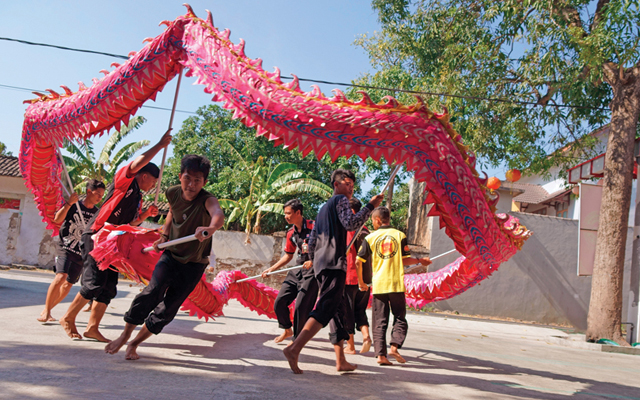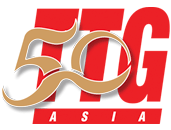Despite the lack of direct services, Indonesia’s Central Java Province in recent years is seeing healthy growth from China as a visitor source market.
Central Java received some 667,320 international arrivals in 2018, of which China contributed around 80,000 arrivals – 10 per cent more than the previous year – to make up about 12 per cent of the inbound market.

The last two years clearly saw a significant jump in Chinese arrival numbers to Central Java, compared to 2016 when arrivals from China were barely five per cent of international visitors to the province, according to Sinoeng Rachmadi, head of the Department of Youth, Sports and Tourism in Central Java.
Sinoeng commented: “We have been collaborating with agents in Malaysia and Singapore on joint marketing campaigns to promote Central Java’s attractions including heritage, cuisine and nature, as well as supporting them with promotional materials.”
China’s growing investment in Central Java is also, in part, driving stronger interest from Chinese travellers to the destination, be it through direct services via Kuala Lumpur, Singapore or Jakarta.
Calling China an “incredibly valuable market”, Sinoeng revealed that Central Java has set its sights on attracting Chinese visitors by conducting regular sales missions, attending tradeshows as well as organising fam trips for both agents and media to build this key source market.
Central Java is aiming to grow the Chinese inbound market to 90,000 arrivals this year, contributing nearly 15 per cent market share. Overall, the provincial government targets 800,000 international arrivals.
To attract more Chinese travellers, Sinoeng said that the provincial government is planning to expand the joint marketing campaign with travel agents in the Philippines and Sarawak in Malaysia.
Joko Suratno, chairman of the Association of the Indonesian Tours and Travel Agencies (ASITA) Central Java Chapter opined that the destination has a lot of potential to attract the Chinese market, but the lack of direct services had hampered faster growth rate.
Joko said: “Having more international connections – especially direct flights from China – will solve the challenge. So far, travellers who want to visit Central Java need to go through Jakarta or Yogyakarta.
“We cannot speed up the growth (even more) as there is no direct connection between China and Central Java.”
But Joko believes there is strong interest from China in Indonesia, citing the example of the recent Citilink chartered service between Kunming and Solo which enjoyed high occupancy rates. He estimated that this recent service, which operated between September and November, could increase arrivals by around 20 per cent.
Meanwhile, the regional government has been maximising the only regional direct services from Singapore and Malaysia by AirAsia.
Apart from access, Santi Aparamita, director Sun Tours and Travel opined that the travel trade needs to create new products and show more innovation in itinerary creation to fan interest in Central Java from China.
On her part, Santi has begun to include attractions such as heritage tours to Lasem, Cheng Ho Temple, or Old Town in her Central Java programmes.
She added: “I have seen demand for Lasem tours rising over the last few months, as most of the Chinese travellers are interested to see Chinese heritage on Java mainland.”
Apart from Borobudur and Prambanan Temples, Central Java has many places of interest like the Sam Pho Kong Temple in Semarang, Dieng Plateu in Wonosobo, and Solo Palace, among others.




















